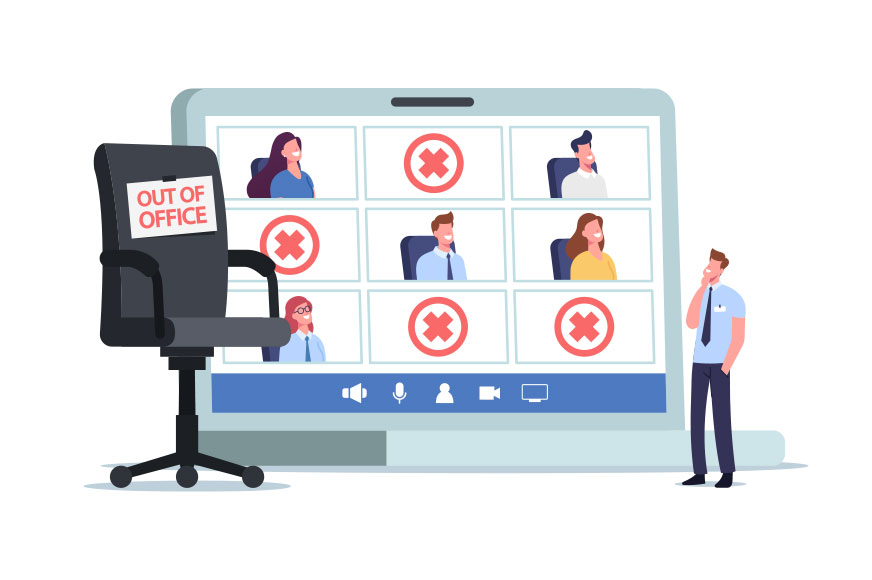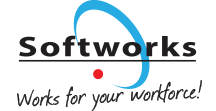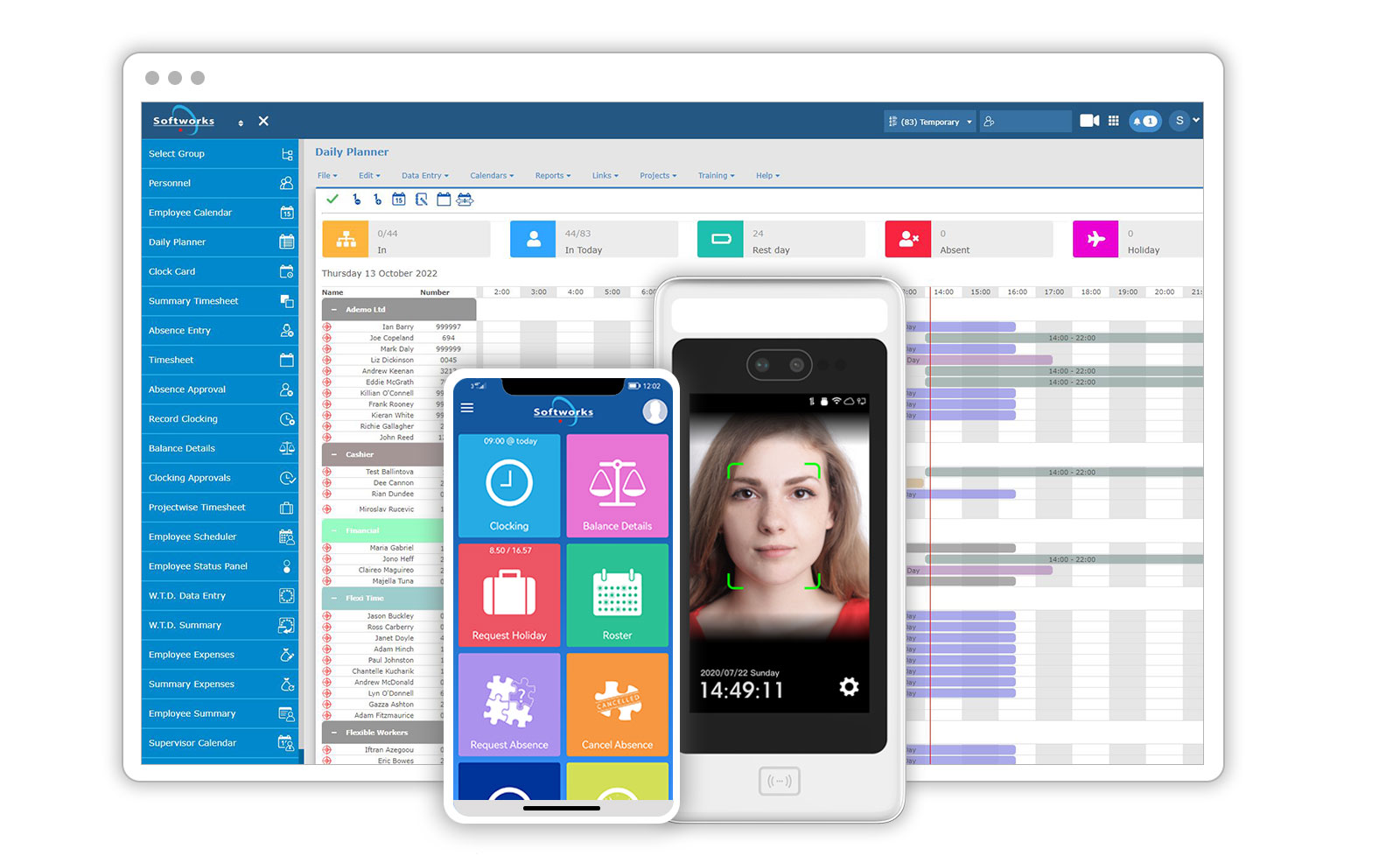Effective employee rostering plays a vital role in the seamless operation of healthcare organisations. The dynamic nature of the healthcare sector, coupled with the need to balance limited resources and the diverse skills of employees, presents unique challenges. Overstaffing and understaffing can lead to financial burdens and critical errors, emphasizing the importance of efficient scheduling.
This article delves into the complexities of healthcare rostering, explores the repercussions of poor scheduling practices, and provides insights on how to overcome these challenges. By leveraging data, analytics, systems, and employee-centric approaches, healthcare organisations can optimize staff allocation, enhance service quality, and create a satisfying work environment for their employees.
The Complexities of Healthcare Rostering
Effective healthcare rostering involves navigating through a multitude of complexities, including the challenges of rostering in a 24/7 healthcare environment, juggling variables such as start times, finish times, rotating patterns, and overtime, managing diverse departments, teams, and specialties, as well as tackling absenteeism, time-off requests, and shift swapping.
Navigating the Unpredictable: Rostering in a 24/7 Healthcare Environment
Unlike many other industries, healthcare organisations must be prepared to provide care at any time, day or night. The demand for healthcare services can fluctuate dramatically, making it essential to have the right number of staff members available at all times.
Balancing staffing needs while considering factors such as patient acuity, emergency situations, and unexpected surges in demand requires flexibility and adaptability in the rostering process. Healthcare organisations must implement strategies and systems that can efficiently handle the ever-changing nature of healthcare service demand.


Juggling Variables: Start Times, Finish Times, Rotating Patterns, and Overtime
In healthcare organisations, employee schedules often involve complex variables. Start times and finish times may vary based on different shifts, departments, and roles within the organisation. For example, nurses working in the day shift may have different start and finish times compared to those working in the night shift.
In addition to fixed schedules, many healthcare organisations utilize rotating patterns to distribute shifts evenly among employees. This adds another layer of complexity to the rostering process as it requires balancing fairness, employee preferences, and operational needs. Rostering systems need to account for these variables and provide the flexibility to create schedules that optimize coverage while considering employee well-being and work-life balance.
Managing Diverse Departments, Teams, and Specialties
Healthcare organisations encompass a wide range of departments, teams, and specialized roles. Coordinating and aligning the schedules of various departments and teams is a complex task that requires a comprehensive understanding of the organisation’s workflows, patient care needs, and individual skill sets. The rostering process must consider the availability and competency of employees in different specialties and ensure adequate coverage across all areas of the healthcare organisation.


Tackling Absenteeism, Time-Off Requests, and Shift Swapping
Absences, time-off requests, and shift swapping are common occurrences in healthcare organisations. Managing these requests while maintaining optimal staffing levels poses a significant challenge. Additionally, employees may seek to swap shifts with their colleagues to accommodate personal needs or preferences. This introduces additional complexity to the rostering process, as it requires careful coordination, approval procedures, and tracking of shift changes to ensure seamless coverage.
Healthcare organisations must establish clear policies and effective communication channels to manage absenteeism, time-off requests, and shift swapping efficiently, minimizing disruptions to the workforce and ensuring continuity of care.
Overcoming Inefficient Scheduling Practices and Systems
Inefficient scheduling practices and outdated systems can hinder the effective management of employee rosters in healthcare organisations, but by implementing improved strategies and embracing modern technology, these challenges can be overcome.

The Downfall of Spreadsheets, Clipboards, and Noticeboards
Relying on spreadsheets, clipboards, and noticeboards for rostering can lead to inefficiencies, errors, and a lack of coordination. These manual methods are prone to mistakes, time-consuming to update, and difficult to track changes, making it challenging to maintain accurate and up-to-date schedules. Adopting automated scheduling solutions can streamline the process, reduce errors, and provide real-time visibility into the workforce, enabling better coordination and management.
The Need for Cohesion: Coordinating Scheduling Across Departments
In healthcare organisations with multiple departments, coordinating scheduling practices across different units can be a significant challenge. Each department may have unique requirements and variations in scheduling rules, leading to inconsistency and confusion. To overcome this, it is essential to establish cohesive scheduling practices that align with the organisation’s overall goals and policies. Implementing centralized scheduling systems and fostering interdepartmental communication can promote collaboration and ensure a unified approach to rostering.
The Role of Data, Analytics, Systems, Software, Culture, and Management
Optimizing employee rostering in healthcare organisations requires leveraging data, analytics, systems, software, and fostering a supportive organisational culture. By collecting and analysing relevant data, organisations can gain insights into staffing needs, demand patterns, and performance metrics, allowing for more informed decision-making. Implementing advanced scheduling systems and software can automate processes, improve accuracy, and facilitate efficient roster management. Furthermore, cultivating a culture that values effective rostering practices and provides management support is crucial for the successful implementation and adoption of improved scheduling strategies.
Strategies for Effective Rostering in Healthcare
Implementing strategic approaches and leveraging analytics, systems, and real-time decision-making capabilities can empower healthcare organisations to optimize their rostering practices, align workforce allocation to demand, understand capacity, and make informed decisions for effective scheduling.

Harnessing Analytics and Systems for Optimal Scheduling
By leveraging analytics and advanced scheduling systems, healthcare organisations can optimize their rostering practices. Analysing historical data, demand patterns, and employee performance metrics can provide insights into staffing needs and enable organisations to create efficient and balanced schedules. Implementing robust scheduling software that incorporates these analytics can automate the process, improve accuracy, and optimize employee allocation for better overall scheduling outcomes.
Aligning Workforce Allocation to Demand for Enhanced Quality of Service
To deliver high-quality service in healthcare, it is crucial to align workforce allocation with the demand for care. Understanding the fluctuating demands and patient acuity and volumes is essential for effective rostering. By analysing historical and real-time data on patient acuity and volumes, organisations can create schedules that match the staffing levels to the anticipated workload. This alignment ensures that the right number of employees with the appropriate skills are available to provide optimal care, leading to enhanced service quality and patient satisfaction.
Understanding Workforce Capacity and Optimizing Staffing Plans
To optimize employee rostering, healthcare organisations must have a comprehensive understanding of their workforce capacity. This entails considering factors such as employee roles, expertise, experience, contracts, and skills. By accurately assessing the total potential capacity of the workforce, organisations can allocate staff effectively, ensuring that the right mix of skills and experience is available to meet patient needs. Optimizing staffing plans based on workforce capacity and demand helps in achieving cost-efficiency, maintaining service quality, and maximizing employee productivity.
Real-Time Decision Making: Balancing Patient Volumes and Employee Availability
In healthcare, real-time decision-making plays a vital role in ensuring optimal rostering. By continuously monitoring patient volumes and employee availability, healthcare organisations can make informed decisions to balance staffing levels.
Having up-to-date information on patient volumes allows for timely adjustments to staffing plans, ensuring that resources are deployed efficiently. Additionally, being aware of employee availability, including absences, leaves, and overtime records, enables organisations to make real-time decisions regarding shift allocations, minimizing disruptions and maintaining smooth operations.
By employing these strategies for effective rostering in healthcare, organisations can enhance scheduling efficiency, improve service quality, and achieve better overall workforce management, leading to increased employee satisfaction and better patient outcomes.
Transforming Healthcare Operations
In today’s rapidly evolving healthcare landscape, it is crucial to transform operations in order to meet the unique challenges and demands of the industry. By adopting efficient and business-focused approaches and leveraging comprehensive rostering platforms, healthcare organisations can effectively address operational and management challenges, sustain high service quality, and achieve effective measurement and management of their workforce.
Meeting Operational and Management Challenges
Hospitals and other healthcare providers face significant operational and management challenges due to complex scheduling requirements, fluctuating patient volumes, and limited resources. To overcome these challenges, healthcare organisations need to explore new ways of operating that prioritize efficiency and effectiveness. This may involve streamlining processes, implementing technology-driven solutions, and adopting evidence-based practices that optimize workforce allocation, improve resource utilization, and enhance overall operational efficiency.
Efficient and Business-Focused Approaches to Sustain High Service Quality
Maintaining a high level of service quality is paramount in healthcare. Efficient and business-focused approaches play a vital role in achieving this objective. By implementing strategies that focus on cost-effectiveness, productivity, and resource optimization, healthcare organisations can allocate their workforce in a way that ensures adequate staffing levels while managing costs. These approaches can include predictive analytics, demand forecasting, process optimization, and continuous performance evaluation, enabling healthcare providers to sustain high service quality while optimizing their operations.
The Role of Comprehensive Rostering Platforms in Effective Measurement and Management
A comprehensive rostering platform acts as a powerful tool in transforming healthcare operations by providing the necessary infrastructure to measure and manage the workforce effectively. These platforms offer features such as employee self-service, real-time data analysis, and automated scheduling capabilities.
They enable managers to gain actionable insights into labour requirements, monitor performance metrics, and make data-driven decisions regarding staffing plans, overtime management, absence management, and other cost drivers. By utilizing a comprehensive rostering platform, healthcare organisations can streamline their operations, enhance resource allocation, and improve overall management efficiency.
By embracing transformative approaches, focusing on efficiency and business objectives, and leveraging comprehensive rostering platforms, healthcare organisations can optimize their operations, deliver high-quality services, and effectively measure and manage their workforce.
This transformative journey enables healthcare providers to adapt to the changing healthcare landscape while maintaining their commitment to patient care and operational excellence.
BONUS: eRostering Technology | Future Health Summit 2023 Talk
Conclusion
Mastering employee rostering in healthcare organisations is crucial for seamless operations and optimal service delivery. Effective scheduling practices, supported by modern technology and cohesive coordination, are necessary to overcome the complexities of healthcare rostering.
Strategies such as leveraging analytics and systems, aligning workforce allocation to demand, understanding capacity, and making real-time decisions enable organisations to optimize scheduling efficiency, improve service quality, and achieve better workforce management.
Transforming healthcare operations through efficient approaches and comprehensive rostering platforms further enhances operational efficiency and sustains high service quality.
By implementing these strategies, healthcare organisations can adapt to industry changes, prioritize patient care, and drive overall excellence in their operations.










